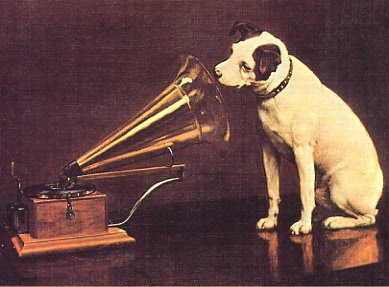
…How a Cherished Song Held the Secret Key to Our Ancestry
By Susan D. Harris
When I was young, an old Victrola sat in the corner of our living room that had belonged to my mother’s family. The relic of a bygone era, it sat stoically quiet until it was called upon to melodically share the stories it was created to tell.
The long front doors opened to display shelves with carefully stacked 78 rpm records. The shorter doors on top opened to let the sound out; and the top lifted to reveal a small dog facing a gramophone. My parents said his name was Nipper. Nearby it read, “His Master’s Voice.” I can still remember how opening its doors released the pent-up smell of wood. It was a special smell that should be bottled for posterity in the Smithsonian Hall of Historically Important Smells — if such a thing existed.
My mother knew every record it held as she had played them since she was young. Whenever the feeling took hold, she would take them out and spend an evening listening to them. She and my father were old souls, singing along with many songs that were popular long before they were born.
Some of the records like “The Ballad of Mary Fagan,” and “The Prison Fire” documented tragedies. There were historical songs like, “Lucky Lindy” and “Lindbergh – Eagle of the U.S.A.,” and a WWI tune titled, “The South Will Do Her Part.” Depression songs expressed the troubles of that era with recordings like, “Hallelujah, I’m a Bum” and “Big Rock Candy Mountain.”
Other songs were just downright sad like “The Century Plant” by Hobo Jack Turner, “That Silver Haired Daddy of Mine” and “The Letter Edged in Black.” I didn’t emotionally comprehend these songs, but my parents inevitably reached for their tissues.
There was the classic, “O sole mio,” by Enrico Caruso, and a few Al Jolson recordings such as, “April Showers,” “My Mammy,” and “You Made Me Love You.”
I gained an appreciation for the unique sound of the Victrola. In later years, hearing those songs in stereo seemed to diminish their quality.
My mother’s favorite record by far was “Little Town in the Auld County Down” by the great tenor, John McCormack. We were never surprised that she loved it; she’d always held an unexplained passion for Irish music.
Playing this song demanded complete silence, and my mother would sit enraptured, seeming to drift away to another place as she listened to McCormack’s lilting Irish brogue. It seemed only natural that her children came to love the song too, and the words and tune became ingrained in our minds and ears forever. Oftentimes we would sing along as we too found ourselves falling under its enchantment — dreaming of an island we had no connection to.
We were, after all, English on both sides of our family. We were lucky to have a great deal of our genealogy well documented long before the advent of Ancestry.com.
One sketchy area that remained was the ancestry of mom’s mother. My mother had never looked farther than knowing they were the Carson’s from Ohio. As my mother observed looking back, one can go through a large portion of life without ever thinking to ask what came before your grandparents.
My grandmother had lost track of her roaming younger brother back in the 1920s, and spent much of her life trying unsuccessfully to locate him. Not wanting to give up her quest, even 30 years after she’d passed, I began searching the internet. One day as a page loaded, I was shocked to see a large photo of my grandmother materialize on my computer screen. She was a little girl, standing beside her mother and brother. I knew the picture well, because it hung on our living room wall.
“Mom!” I called to the other room. She hurried in as I turned the screen to face her. “What is that?” she asked. “Our picture of grandma is on the internet!” I answered. Her eyes welled up with tears. “What is mama doing on the internet?” she asked, horrified that her dear mother had secretly leapt into the computer age.
Under the picture it had my great-grandmother’s name with a caption that read, “Unidentified children.” I hurriedly located the email of the person who posted it and contacted her. Ten minutes later I got a reply from a distant cousin on the other side of the country. “That’s my grandma,” I told her, “and her daughter is standing here with me!”
In the email exchanges that ensued, we found our cousin had researched our shared genealogy, which she eventually sent to us. My mother had actually known many of the people on the family tree, but it was the earliest branches that caused our jaws to drop in shock: My grandmother’s family, the Carson’s, had come to America in 1790 from Killyleagh…County Down, Ireland.
We really were connected to County Down!
How did that 1921 recording get in the old Victrola? Did some long ago family member feel a kinship with it? I have no doubt that is true.
Once I read an article that asked, “If so many traits are hereditary, is it possible for memories to be passed down from generation to generation?” I wondered. Somehow, unknowingly, almost mystically, my mother had passed down a love of Ireland, and specifically a pining for County Down.
Today, listening to it with mom, it whispers to us like a collective memory and we sing along like we always did. The lyrics seem like a hidden message that took a lifetime to decipher. Here is the chorus:
In the dear little town in the auld County Down,
It will linger way down in my heart;
Though it never was grand, it was my fairyland,
Just a wonderful world set apart.
Oh, my island of dreams you are with me it seems,
And I care not for fame or renown;
Like the black sheep of old, I’ll come back to the fold,
Little town in the auld County Down.
~~end~~
This article appeared in Family History Daily:
http://familyhistorydaily.com/family-history/favorite-song-foretells-discovery-long-forgotten-homeland/

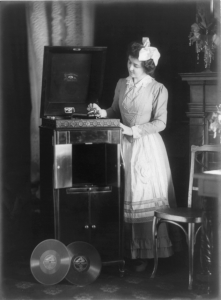

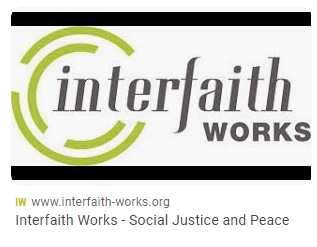

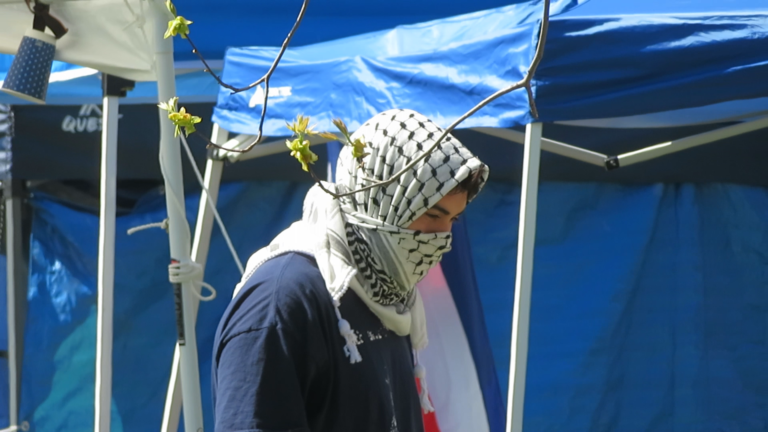
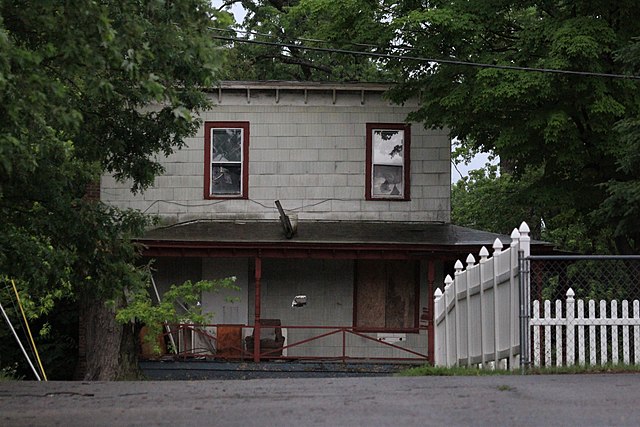
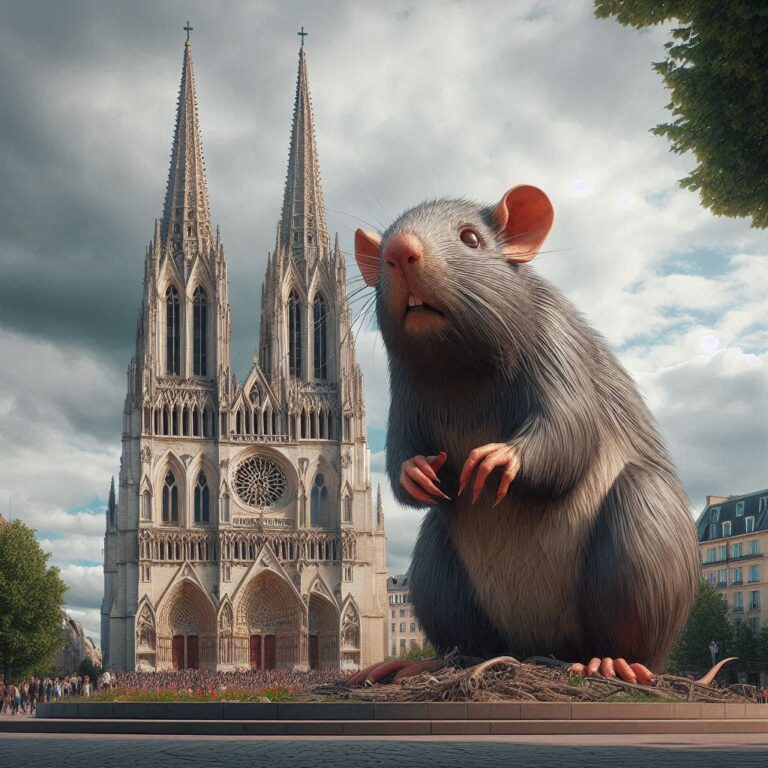
![IMG_20250120_110037[2]](https://susandharris.com/wp-content/uploads/2025/01/IMG_20250120_1100372-768x1024.jpg)
A truly wonderful way to discover your ‘family’! I have discovered some of mine residing in Missouri and Texas.